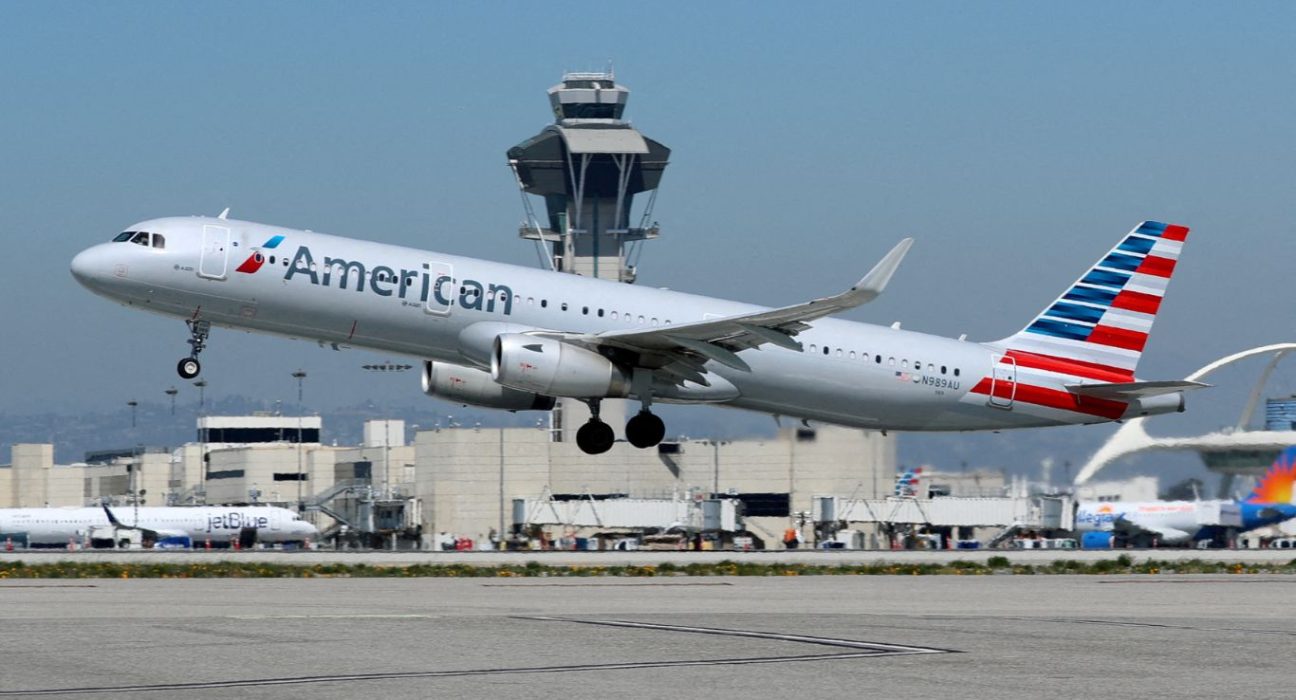Introduction
In a dynamic and ever-evolving aviation industry, U.S. airlines have recently found themselves facing a twofold challenge: soaring fuel prices and the burden of expensive labor contracts. Three major carriers—Alaska Air Group, Southwest Airlines, and United Airlines—have provided insights into their third-quarter expectations, shedding light on how these challenges are shaping their strategies and financial outlook.
Alaska Air Group’s Margin Cut
Alaska Air Group, represented by its ticker symbol NYSE:ALK, made headlines as it adjusted its pre-tax margin forecast for the third quarter. The primary culprit behind this revision? A significant spike in crude oil prices. The surge in crude prices has directly translated into higher fuel costs for airlines, a crucial component of their operational expenses. Alaska Air Group’s decision to cut its margin forecast is indicative of the profound impact that fluctuating oil prices can have on the aviation industry’s profitability.
Southwest Airlines Navigating for Profit
Contrasting with Alaska Air Group, Southwest Airlines (NYSE:LUV) remains cautiously optimistic about its third-quarter performance. Despite the challenges posed by escalating fuel costs, Southwest Airlines maintains its expectation of a “solid profit.” This statement underscores the airline’s resilience and ability to adapt to challenging market conditions. Southwest’s ability to maintain profitability in the face of rising fuel expenses is a testament to its operational efficiency and strategic planning.
United Airlines’ Steady Path
United Airlines, one of the industry giants, has also shared its outlook for the third quarter. Unlike Alaska Air Group’s margin cut, United Airlines expects its capacity, operating revenue, and cost per available seat mile (excluding fuel) to align with its earlier guidance. This steadiness in projections suggests that United Airlines has implemented effective cost management strategies to offset the impact of rising fuel prices. It’s a reassuring signal for investors and passengers alike, as consistency in service quality and operations is crucial for any airline.
Fuel Costs The Common Foe
The common thread running through these airline announcements is the challenge posed by escalating fuel costs. Fuel represents a substantial portion of an airline’s operating expenses, and its price volatility can significantly affect profitability. Crude oil prices, influenced by global economic factors and geopolitical events, have been on a rollercoaster ride in recent times. The industry’s ability to adapt to these fluctuations is a key determinant of its financial health.
Labor Contracts A Parallel Challenge
In addition to the fuel cost challenge, U.S. airlines are grappling with expensive labor contracts. Negotiating labor agreements that are fair to employees while maintaining the financial sustainability of the airline is a delicate balancing act. Airlines with expensive labor contracts may find themselves at a disadvantage when it comes to managing overall operational costs, especially when fuel prices surge.
Strategies for Survival
To navigate these challenges successfully, airlines employ a variety of strategies:
- Fuel Hedging: Some airlines use fuel hedging strategies to lock in fuel prices at favorable rates, reducing their exposure to market volatility. However, this approach comes with risks if fuel prices drop below the hedged rates.
- Operational Efficiency: Airlines strive to improve operational efficiency, optimizing routes, and minimizing fuel consumption through modern, fuel-efficient aircraft.
- Negotiating Labor Contracts: Airlines must engage in constructive labor negotiations to strike a balance between fair compensation for employees and sustainable operating costs.
- Revenue Diversification: Airlines explore revenue diversification through ancillary services like baggage fees and in-flight amenities to offset rising costs.
Conclusion
The challenges faced by U.S. airlines, from soaring fuel costs to expensive labor contracts, highlight the complex landscape of the aviation industry. While Alaska Air Group’s margin cut serves as a reminder of the vulnerability of airlines to fluctuating fuel prices, Southwest Airlines’ determination to maintain profitability and United Airlines’ steadiness offer hope for the industry’s resilience. Navigating these challenges requires a delicate balance of cost management, operational efficiency, and strategic planning. As the third quarter unfolds, the aviation sector will continue to adapt to these challenges, shaping the future of air travel in the United States.










